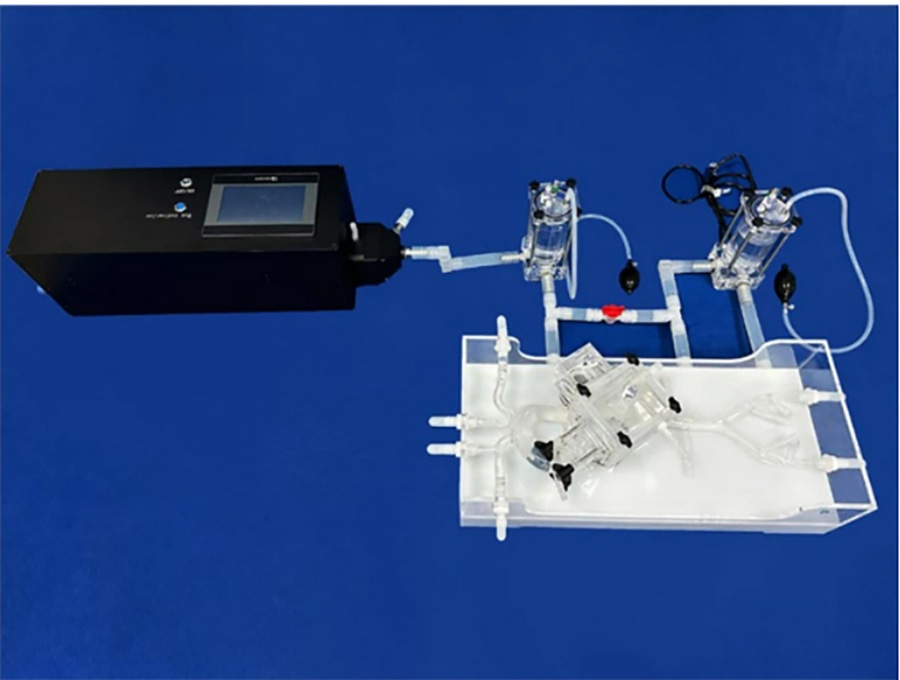
#Product Trends
What you should know about TAVR?
TAVR simulator
Introduction of TAVR
Transcatheter aortic valve replacement (TAVR) is a minimally invasive procedure used to treat aortic stenosis, a condition where the aortic valve doesn't open properly, leading to restricted blood flow from the heart. TAVR is an alternative to traditional open-heart surgery, which involves removing the damaged aortic valve and replacing it with a prosthetic valve.
TAVR is performed using a thin, flexible tube called a catheter that is inserted through a small incision in the groin or the chest and guided to the heart. Once the catheter reaches the aortic valve, a balloon on the end of the catheter is inflated to widen the narrowed valve. Then, a new valve is inserted through the catheter and positioned in place of the old valve. The new valve is usually made of metal and fabric and is designed to expand and contract with each heartbeat.
TAVR is typically performed on patients who are considered high-risk for open-heart surgery due to their age, health condition, or other factors. It is also used for patients who cannot undergo open-heart surgery due to other medical conditions, such as lung disease or kidney disease.
Benefit of TAVR
The benefits of TAVR over traditional open-heart surgery include a shorter hospital stay, faster recovery time, and reduced risk of complications, such as bleeding, infection, and stroke. TAVR is also less invasive, which means less pain, scarring, and trauma to the body.
Risks of TAVR
However, TAVR is not without risks. One of the main long-term risks is the potential for valve degeneration or deterioration over time. Another potential long-term risk of TAVR is an increased risk of stroke. Additionally, TAVR may increase the risk of certain types of heart rhythm problems, such as atrial fibrillation. These problems may require additional treatment to manage.
Finally, there is some concern that TAVR may not be as durable as traditional open-heart surgery, particularly in younger patients. While the available data suggests that TAVR is a safe and effective treatment option with good long-term outcomes, more research is needed to fully understand the durability and long-term outcomes of the procedure.





